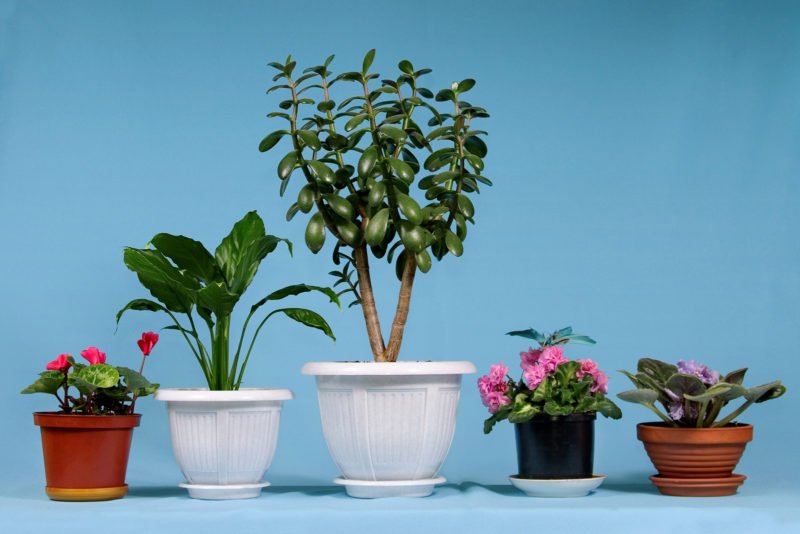Houseplants can be your best friends or worst enemies depending on the selection you keep in your home. The right plants can help minimize indoor air pollutants, so your Baltimore, Maryland, home has fresh, clean air and a minimal amount of VOCs. The wrong plants, however, can cause allergy flare-ups and leave you with itchy eyes, a runny nose, and other symptoms. Choosing the right plants can make a dramatic difference in your comfort and health in your home.
Worst Houseplants for Easy Breathing
Bonsai Plants
Bonsai plants are essentially tiny trees. Though they have a charming appearance, they’re a common troublemaker for people with allergies. Bonsai plants belong in the cedar and juniper families and will surely irritate anyone who’s sensitive to these types of trees. Allergic reactions are often local and occur when the individual pricks a finger or scratches an arm caring for the plant. If you do keep bonsai, make sure they’re in a well-ventilated area and wear gloves when pruning them.
Weeping Fig
You’ll often find weeping figs listed among the top houseplants for cleaner air. They do remove benzene, formaldehyde, and trichloroethylene from the air. Unfortunately, the weeping fig is a poor pick for allergy sufferers. This ficus has allergens in the sap that grab on to dust particles. The proteins in weeping figs are similar to those found in latex. If you’re allergic to latex, dust, or other ficus plants, you should definitely keep weeping figs out of your houseplant collection.
Chamomile
Though chamomile makes a soothing tea, its flowers are highly irritating to those with allergies. Chamomile is a relative of ragweed, which is well known as a potent irritant for allergy sufferers. Symptoms include itchy eyes, a runny nose, and allergy-induced asthma. If you want to grow chamomile, do so outside to keep these irritants out of the home, and make sure your windows are well-sealed so the plant’s pollen doesn’t make its way inside.
Best Houseplants for Easy Breathing
Aloe Vera
Aloe Vera plants are an outstanding choice for several reasons. These plants score a 1 on the Ogren Plant Allergy Scale (OPALS), making them extremely allergy friendly. Aloe Vera plants naturally remove formaldehyde from the air. They can also alert you to another potentially harmful pollutant. When there are high levels of benzene in the air, these plants develop brown spots on the leaves. As an added bonus, this succulent contains a gel in the leaves that helps cure burns and soothe inflammation.
Dracaena
The dracaena plant enjoys a low rating of just 2 on the OPALS scale, so it’s an allergy-friendly choice for your home. It will remove xylene, benzene, formaldehyde, and trichloroethylene from the air. There are over 40 varieties, so you can easily find an option that’s suited to the conditions in your home or office. Most are tolerant to low light, so you can easily keep them indoors in various locations. If you have house pets, however, you should steer clear of this option, as it’s toxic to cats and dogs.
Peace Lily
Peace lilies score a 2 on the OPALS scale, so they’re a friendly pick for allergy sufferers. These decorative plants can remove several pollutants from the air including ammonia, formaldehyde, benzene, and trichloroethylene. They’re easy to grow, flower beautifully, and have a pleasant scent. If you’re concerned about the small amount of pollen that peace lilies do have, make sure the air is well ventilated and your air filters are kept clean for efficient performance.
Houseplants are a powerful choice for naturally cleaner air as long as you choose the right ones. Provide a welcoming environment for them by keeping your home well ventilated and your HVAC system carefully maintained. A clean filter will help capture what pollen your plants do give off. For help keeping your home and HVAC system in prime condition, contact Griffith Energy Services at 888-474-3391. Whether you’re interested in upgrading your air cleaning systems or maintaining your air conditioner, we have the products and services you need to enjoy a healthy home with as few allergens and irritants as possible.
Image provided by Bigstock




